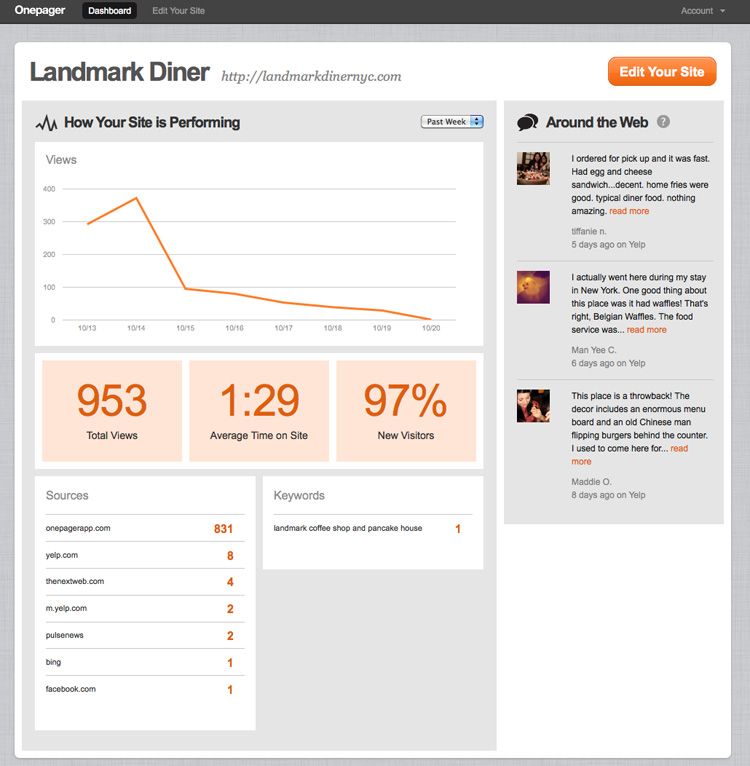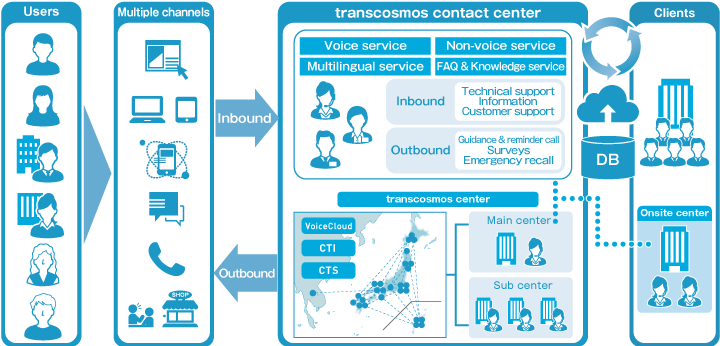
Therefore, we recommend that you decide this parameter’s value depending on your application requirements and workload pattern. On the other hand, if you have 10 gigabytes of data and the application accesses all of it constantly, you want to have a large enough buffer pool to cover the data and index size. Then having only a few gigabytes in the buffer pool is enough. However, in many cases, depending on the workload you might need to tune this value.įor example, suppose that you have 100 gigabytes of data but your application accesses only 1 gigabyte of the data regularly. The default value for this parameter in RDS is. This parameter is one of the most important settings in your MySQL instance, and often 80 percent or more of memory is allocated here. This parameter decides the size in bytes of the buffer pool, the memory area where InnoDB caches table and index data.


Best practices for configuring parameters related to performanceįollowing, I list parameters related to performance, with best practice suggestions for configuring each.
#Mysql optimizer cost model series#
This blog series aims to provide guidance for some of the most commonly modified database parameters to improve the reliability and stability of your database instances. In some cases, you might experience operational issues due to misconfiguration of Amazon RDS for MySQL parameters. To see the global value, use show global variables like 'max_connections'. For example, to see the session-level value, use show session variables like "max_connections".

If you don’t specify the keyword global in the show command as shown preceding, the result displays the session level value. To query the current value of any variable, use the show variable command. Either you need to disconnect and reconnect, restart the database, or change the session setting for the current connection. Any global change to a parameter that also has a session scope only affects new sessions. In such cases, the global value is default for the session scope. Some variables have both global and session scope. In contrast, a variable with session scope is effective only for the session where it is set. A variable with global scope means that it has an impact in the whole server and for all the sessions. Dynamic parameter changes take effect online without any restart and thus can be changed.ĭynamic parameters can have a session level or global scope. A static parameter change needs an instance restart to take it into effect. Parameters can be either static or dynamic. For more details on using custom parameter groups, see the AWS Support article How do I modify the values of an Amazon RDS DB parameter group? If you use the default parameter group for your instance, you first need to create a custom parameter group and attach it to your instance. In doing so, you precede the variable’s name by SESSION, or An example of such a set statement is SET sort_buffer_size=10000 or SET no modifier is present, SET changes the session variable. In contrast, you can use the SET command to set a parameter value only for a particular session. From a parameter group, the parameters are set globally and for all sessions. Alternatively, you can set them for a particular session using the SET command. You can set parameters globally using a parameter group.

You can find the default values for Amazon RDS for MySQL 8.0 in the corresponding MySQL documentation or in the RDS for MySQL 8.0 default parameter group which you can access using the AWS CLI or the Amazon RDS console. Note: The default values mentioned in this post apply to Amazon RDS for MySQL 5.7. However, if you want to customize the default configuration provided by Amazon RDS, you can use the AWS Management Console or AWS CLI to create custom parameter groups and apply them to your database instances. Most Amazon RDS for MySQL users don’t need to change the values of the over 400 available server configuration parameters.
#Mysql optimizer cost model software#
Amazon RDS frees you up to focus on application development by managing time-consuming database administration tasks including backups, software patching, monitoring, scaling, and replication. With Amazon Relational Database Service (Amazon RDS) for MySQL, you can deploy scalable MySQL servers in minutes with cost-efficient and resizable hardware capacity. This blog post was last reviewed or updated May, 2022.


 0 kommentar(er)
0 kommentar(er)
